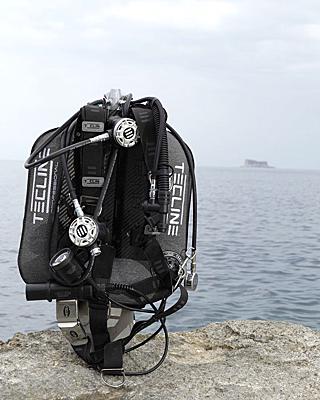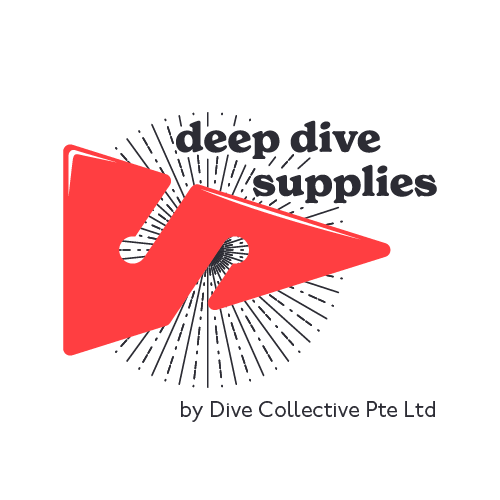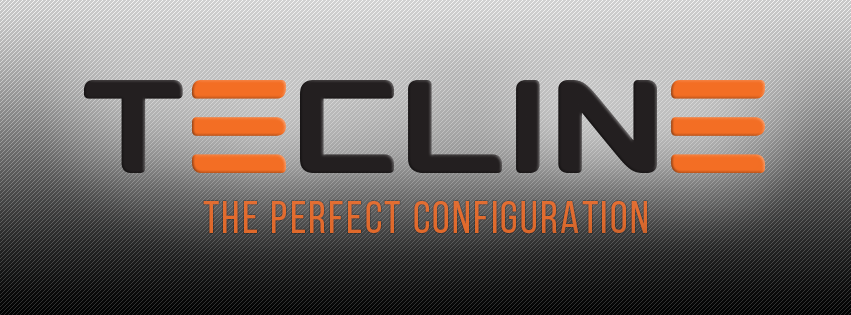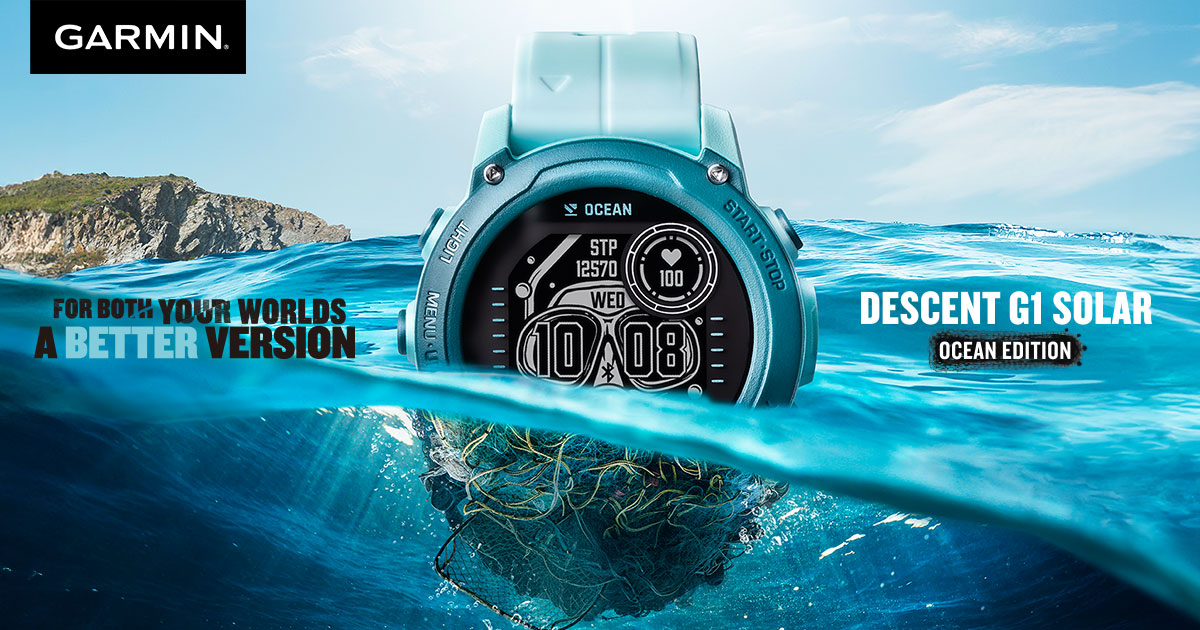
Diving into the Details: Building Your First Backplate and Wing BCD
A Backplate and Wing Setup is a popular choice among divers due to its Simplicity, Reliability, and its Modular design. It consist of these components, a bladder that holds air commonly known as a Wing, a Backplate usually made out of metal , as well as a Harness consisting of 2 inch nylon webbing and a crotch strap. This style of BCD provides a stable platform for divers to mount the cylinders to their body as well as allows you as the diver to replace worn out parts easily due to its modular design. Building your own setup allows you to tailor it to your specific diving needs and preferences. Here's a comprehensive guide on how to build a Backplate and Wing BCD. Let's Start with how to choose your Backplates.
How To Choose a Backplate
When it comes to to building a Backplate and Wing BCD, the Backplate forms the foundation which the entire system is built on, This is why having the right backplate with the right materials to suit your needs is crucial in building up your ideal back plate and Wing System. The other important thing to take note will be the size of the back plate to suit your body type.
Materials:
Aluminium:
Aluminium backplates are strong and corrosion resistant, making it a good all around platform for divers to build up their setup. Aluminium back plates while not as light as Carbon Back plates, they also cost a lot lower making it the go to choice for divers who are getting their very first Back plate And Wings BCDS.
Tecline MIDI Aluminuim Backplate
Stainless Steel:
Stainless Steel backplates are good for divers who needs a heavy back plate to help them sink especially when they are using thicker undergarments underneath their drysuits when diving in colder waters as thicker drysuit undergarments are very positively buoyant in nature. However they are not easy to travel with especially with increasing cost for extra baggage weight allowance.

Tecline Stainless Steel Backplate
Carbon Fiber:
Carbon Fiber backplates are very light and strong providing a good backplate option for divers who want to build a lightweight setup that is good for travelling. Carbon fiber backplates while well known for their weight savings, can also be very pricey while being brittle, making it the least favorite choice for divers who wants to use the same back plate for both single tank as well as Twinsets or Back mounted Doubles. Brands like Tecline and Halcyon offers carbon fiber backplate targeted at divers who wants a light weight travel setup.
 Tecline Carbon Fiber Backplate
Tecline Carbon Fiber BackplateTitanium:
Titanium Backplates are also very strong and light making it the ideal choice for divers looking for a light weight travel setup. Titanuim also do not corrode as they do not contain Iron, making it one of the best choices for divers who wants a backplate that will last them for a very long time to come. Titanium has one of the best strength to weight ratio among the different backplate options making it one of the best choices for divers who wants a lightweight setup as well as a plate that they can use for both Single tank as well as Twinset Configuration. However they are pretty expensive and and not many brands make them. One such brands would be the Helium Dive Gear, which specialize in making titanium backplates as well as titanium hardware offering consumers one of the lightest and strongest Backplates and Wing BCD available in the market today.

Helium Dive Titanium Backplate
Shape And Size of the Backplates:
Size of the Backplates:
When it comes to choosing your backplate, one very important factor to take note is whether the backplate is too short or too long for your back or torso. For example: if a diver is below 1.6m or 160cm, he or she would be more suited to use a shorter backplate as the shorter plate will give him better freedom of movement is his or her upper back allowing the diver to arch his back to stay in trim underwater.

Shape of the Backplates:
Some Brands like Tecline also makes a H-Shaped Backplate for divers who want lightweight plate but do not want to spend the extra money on a Carbon Fiber or Titanium backplates. Tecline H-Shaped Backplate
Tecline H-Shaped Backplate
How To Select a Harness
When it comes to choosing a harness for your backplate, you should consider things like the type of exposure protection you use most of the time as well as the type of configuration you are using most of the time, unless you intend to build up different backplates for different configurations. That being said, this are the following harness options as well as the factors we will consider when recommending the harness to a customers. Lets start with the type of harness:
Type of Harness (DIR Style vs Quick Fix Harness)
Divers who likes a simple yet durable harness with minimal failure points should consider the the DIR-Style Harness as this style of harness are not only very durable, they are indefinitely adjustable as well as being cheap to replace when the times comes to replace the harness as all you need is a long piece of 2 inch Nylon webbing to replace the harness due to its minimalist nature. The DIR Style Harness also requires more time to adjust and set up, but once adjusted properly, this style of harness will be the ultimate "set and forget system".
Combined with some practice getting in and out of the system, the Dir style harness is quickly becoming the favorite for experienced divers who just wants a harness that allows them to quickly get in and out of as well as easy to maintain.
The Quick-Fix or Tecline's Comfort Harness are suited for divers who wants a harness with shoulder padding as well backpack style shoulder straps which allows them to loosen and tighten the harness when wearing and removing the backplate as this makes it easier for beginner divers to get in and out of their backplate. This kind of harness are generally more costly to replace and sometimes divers may choose to go to the DIR Style Harness when the comfort harness wears out.
Tecline DIR E-Soft Harness Tecline Comfort Harness
Tecline Comfort Harness
Stiffness And Thickness of The Webbing:
Divers who dives in twinset or dive with multiple cylinders may prefer a stiffer webbing as this kind of webbing does not roll off or slide off the shoulder with the added weight of the extra cylinders. Divers who often dive in rash guards or thinner wet suits may prefer a softer webbing as this makes it more comfortable on the shoulder of the diver.
Colors
Webbing comes in a variety of colors options and they can easily found in dive shop, marine shop as well as some arts and crafts shop. Some brands like Helium Dive and Halcyon also offer their webbing in very bright colors for the divers who wants to be easily seen on the dive boat or underwater. 
Helium Dive Signature Webbing
How To Choose a Wing:
Commonly Known as Donut Wings, This kind of wings features a Donut shaped bladder hence the name Donut Wings. However there are also wings that feature a asymmetrical shape to provide the diver with more horizontal stability as well as freedom of movement especially in the upper area of the body. When choosing a Wing for your setup, you need to consider the lift capacity of the wing that will suit your particular configuration, the size of your torso as well as the particular configuration, as well as the type of diving you are intending to do.
Single Tank Wing:
Single Tank Wings comes in different lift capacity as well as shape and sizes to suit divers of different body types. Single tank wing usually have a minimum lift capacity of about 9kg / 18lbs to 15kg / 30lbs. One thing to consider when choosing a wing based on lift capacity is the amount of weight that you are using. For example: if you use 4kg / 8lbs of weights when diving in tropical waters with a 3mm or 5mm wet suits, a suitable wing would be one that provides about 13kg / 26lbs of lift. This is also taking into account your body weight, the type of exposure you are wearing as well as your body type.
One more thing to consider would be the length of your torso as some wings feature an asymmetrical design which allows the diver to have a greater freedom of movement while retaining the lift capacity of taller wings. An great example would be the Tecline Peanut 16. Other wings are designed to be lower profile offering a great travel setup as well as minimizing drag underwater, one great example would be the Helium Dive ST30
Tecline Peanut 16 Wing

Helium Dive ST30 Wing In Crimson
Twinset Wings:
Twinset Wings usually come with 40lbs or 20kg of lift while some bigger wings features 44lbs of lifts and this wings are usually used with rebreathers or exploration dives that requires more then 4 cylinders . Some Twinset Wings like the Tecline Donut 22 Special Edition Wing and the Xdeep NX Project Wing features a recessed top to give divers unrestricted access to their valves as well as facilitate better hose routing. This works especially well for divers who are smaller in stature or have a shorter torso.
Tecline Donut 22 Special Edition Wing
XDEEP NX Project Wing
There are also more conventional Doubles wings from manufacturers like Halcyon, Helium which features a traditional donut shaped wing for divers who prefers a traditional and proven design for their underwater exploration needs. A great example would be the Helium Double 40 Wing.
Helium DBL 40 Wing
How to choose the right accessory to go with your Backplate And Wing Setup
When you decide to purchase a backplate and wing bcd, there are some accessories that will be packaged together with the backplate and wing bcd as well as some that are available as an add on. In this portion of the article we will talk about the common items that are paired with the BCD, what the optional add-ons ones as well as what are advantage and disadvantage of each accessory.
Weight Pouches:
When you buy a backplate and wing bcd, one of the most common item that comes with the BC would be a pair of Weight Pouches . Weight pouch usually comes in 2 forms, Trim Weight Pocket and the Integrated weight pouch that goes on to your waist strap of your BCD. Tecline Double Weight Pocket
Tecline Double Weight Pocket Tecline Trim Weight Pocket
Tecline Trim Weight Pocket
There are also other form of weight pouches and weight systems that are used to hold the weights on the backplate or on the harness like the SubGravity WOW Plate which uses 2 pieces of bungee to hold the piece of weight on the webbing and the SubGravity Backplate Trim Weight Pocket which threads through the slots in the backplate. The advantage of this kind of weight system is that it allows you to position the weight in a more ideal position on the body giving you optimal stability and balance on your Backplate and Wing System. SubGravity WOW Plate
SubGravity WOW Plate
SubGravity Backplate Trim Weight Pocket
Tank Straps / Cam bands
The Cam Band plays a crucial role in securing the tank to your back plate and wing system. They usually come as a webbing strap that is stitched to a buckle made out Delrin or Stainless steel . Some boutique brands also offer tank strap with buckles made out of Titanuim. Most BCs come with Delrin Cam bands as they are lighter, some divers may choose to go with Stainless Steel tank Cam Bands they are are more robust and heavy duty but they definitely cost and weigh more. End of the day choosing a cambands solely depends on the diver and his or her personal preferences. Tecline Camband with Delrin Buckle
Tecline Camband with Delrin Buckle
Tecline Camband With Stainless Steel Buckle
Single Tank Adapters (STA)
The Single Tank Adapter or STA for short, allows divers to quickly switch from a single tank wing to a double tank wing by simply unscrewing the bolts that hold the Wing, Backplate and STA together. The STA allows the diver to use some backplate for single tank diving as some brands of backplates does not have slots for the Cambands. It also acts as a platform to stabilize the tank while its on your back, preventing it from rolling about while acting as a piece of weight that is integrated into your backplate and wing system. Tecline Single Tank Adapter
Tecline Single Tank Adapter
Back And Shoulder Padding For Backplate
A popular accessory for the Backplate and Wing system especially with divers that are trying out backplate and wing BCDs for the first time would be the padding for the shoulder straps as well as your back. This makes it a lot more comfortable when you are wearing the BCD especially when using the bcd with a thinner wet suit or even a rash guard.
Tecline Backplate Pad 
Tecline Shoulder Pad
Backplate Harness Slider
Another accessory that is popular with divers that are using a Backplate And Wing system with a DIR Style Harness would be the backplate harness slider. This allows the diver to easily loosen and tighten the harness when wearing and removing the backplate. The harness slider is also popular with divers who lack mobility in their shoulder area due to injuries.

SubGravity Webbing Slider
We hope that this guide can help you with purchasing and building your very own backplate but please remember that this guide is not a substitute for proper training and instructions from an experienced instructor. If you are still unsure of what to look out for when building a Backplate and Wing Bcd, please consult your local dive shop to help with building up your first backplate and wing bcd. We hope you enjoyed reading this guide as much as we enjoyed writing it, we also included some pictures of backplate and wing bcd to give you some inspiration on your next build. Enjoy!!
Helium DIve STS30 (Minion Edition)
Helium Dive STS30 (Cotton Candy Pink)












